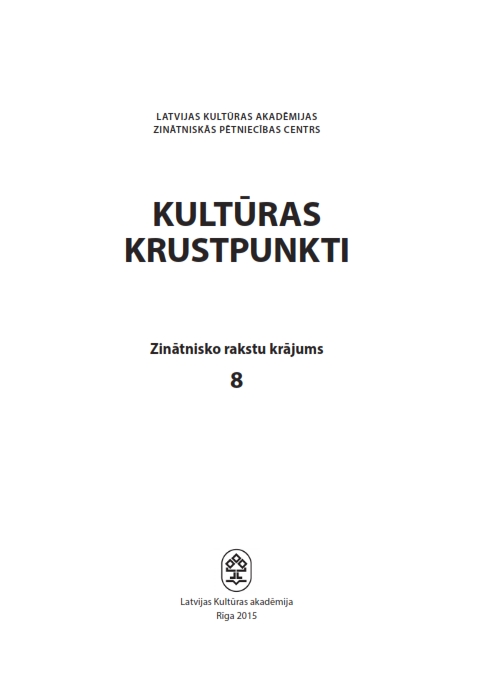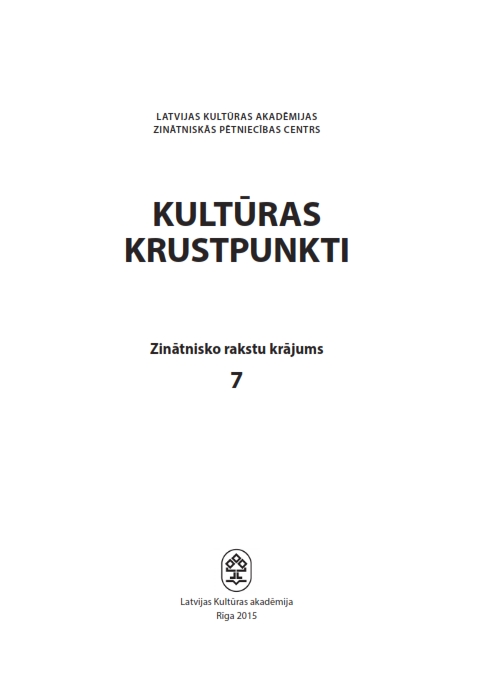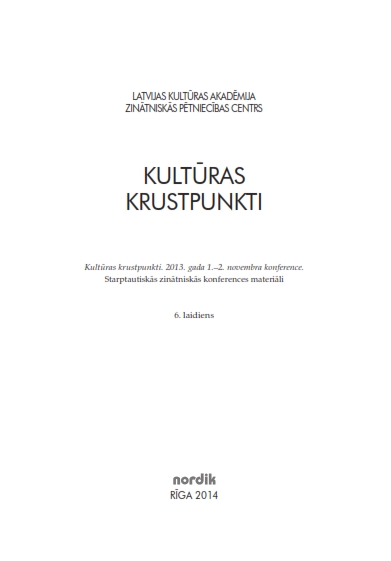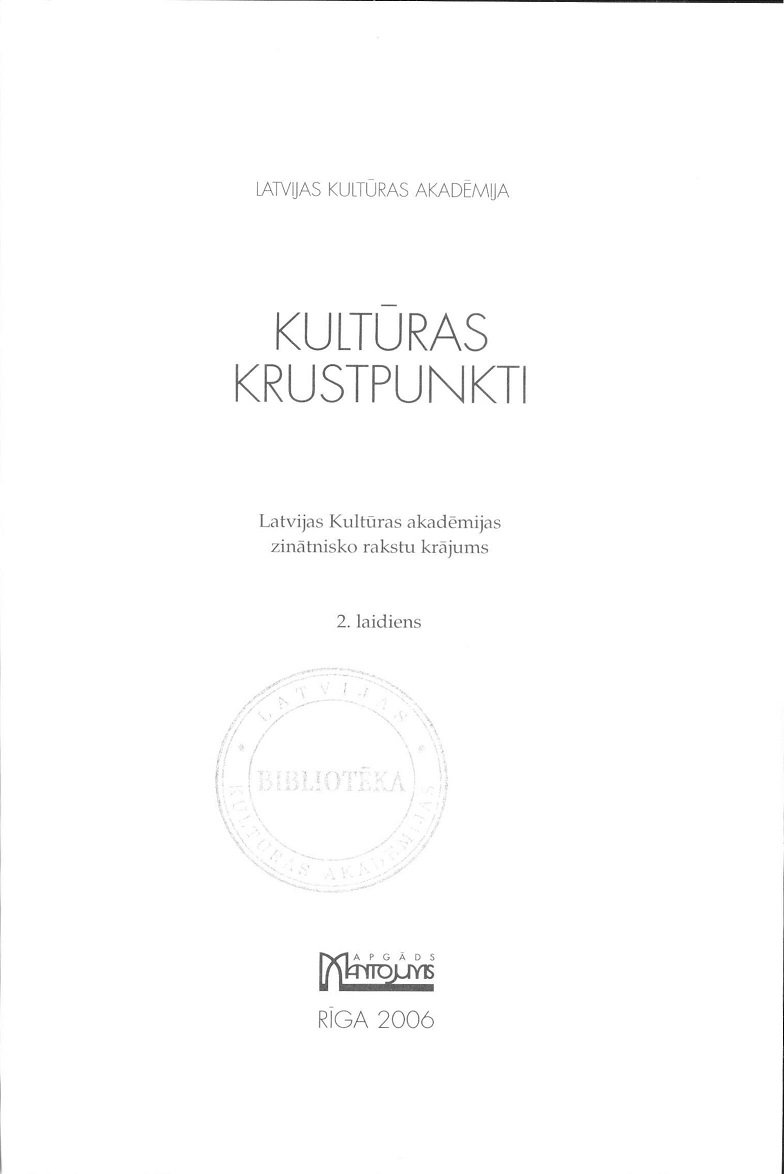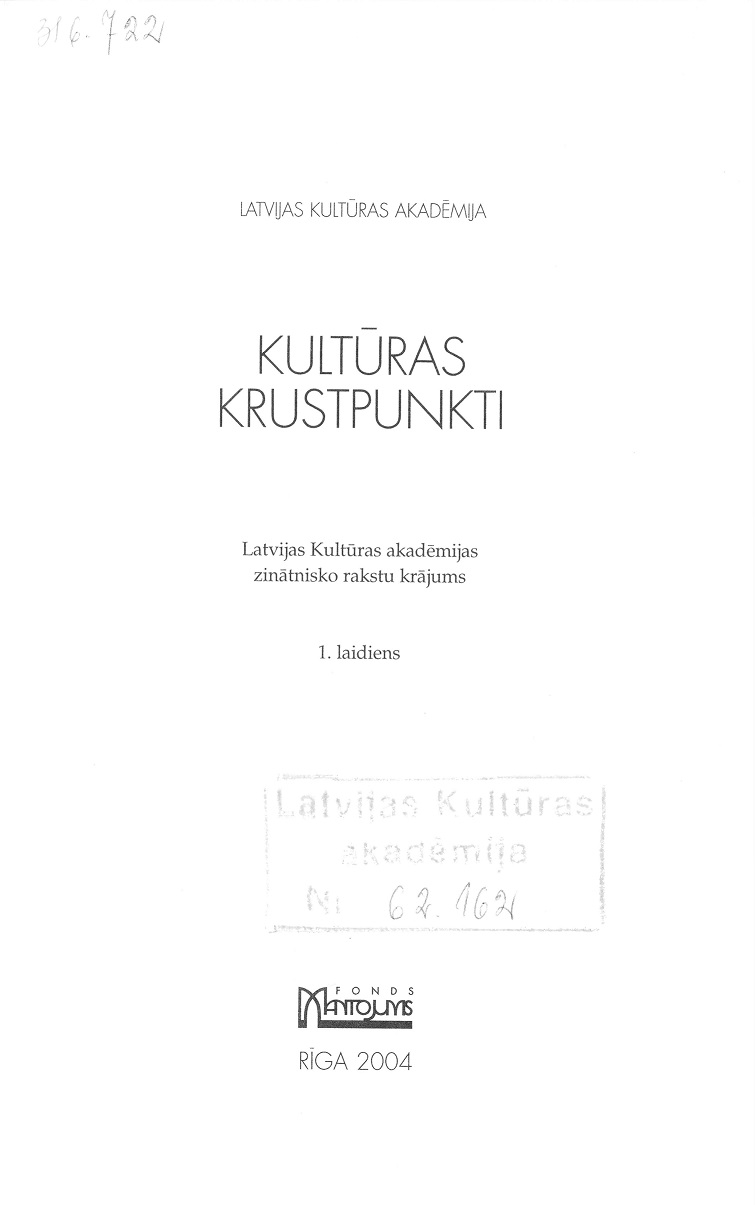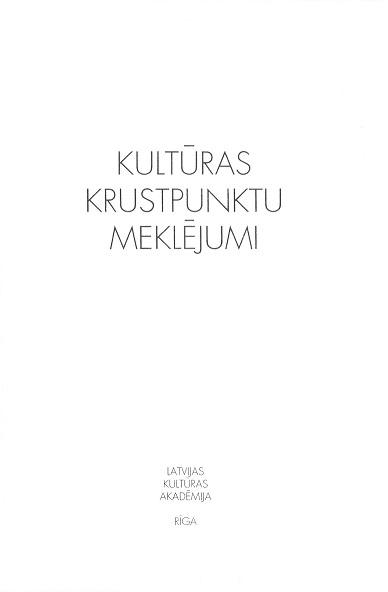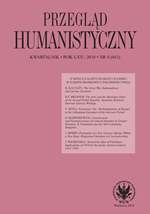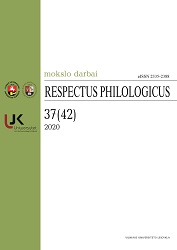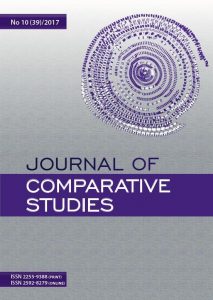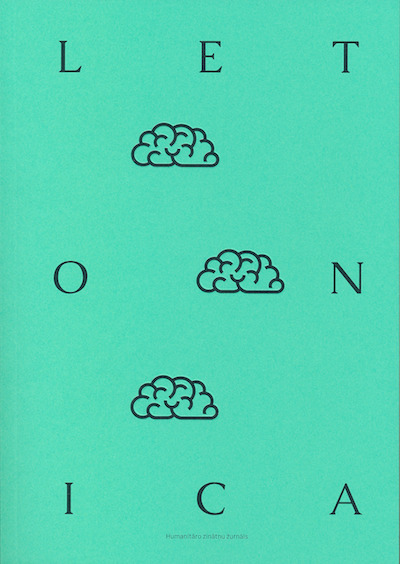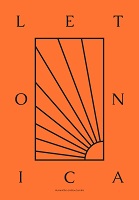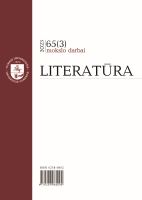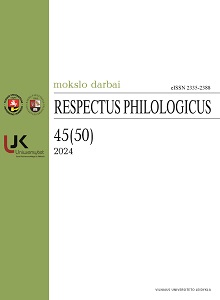Henrikas Nagys as a Mediator of Lithuanian and Latvian Poetical Traditions
In this article, motifs, references and influences of Latvian descent in the poetry of Lithuanian Henrikas Nagys (1920–1996) who spent most of his creative life in Canada are observed and analyzed. Nagys was praised by critics as one of the main modernizers of the national poetical vocabulary; nevertheless he was regarded as one of the most emotionally suggestive and ideologically engaged poets of Lithuanian Western exile. He belonged to the Žemininkai movement which played an important role transforming lyrical tradition in the diaspora during the 1950s; the members of this group were deeply influenced by the post-Naturalist trends of Western Modernism and Existentialist philosophy; they were members of the generation which got educated in the gymnasiums of independent Lithuania. Nagys used to translate contemporary Latvian authors who had the similar experience and who adopted the mythic Baltic heritage but at the same time reflected some kind of Protestant simplicity and sobriety, natural vitalism and economy of expression. Nagys promoted Latvian poetical tradition introducing Velta Sniķere, Gunars Saliņš, Aina Kraujiete, Aina Zemdega, and Astrīde Ivaska in his Lithuanian translations. Simplified Latvian poetical style with its free versification, pure images and folklore-based models of spatial and chronological organization was reflected in Nagys’ later poems. His links with Latvia were biographical, based on childhood memories; however his imaginary landscape was a result of fusion of universal Northern features. Nagys popularized the symbolism of the North, and Latvian place-names were included into the map of his identity.
More...
